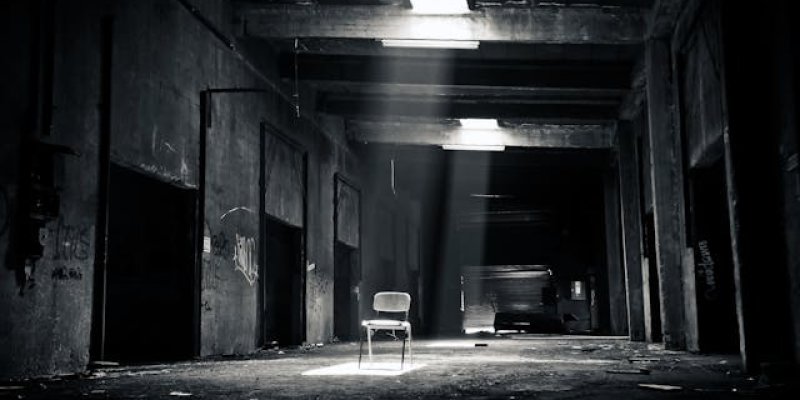
Music plays a vital role in scary movies, significantly contributing to the overall atmosphere, tension, and emotional impact of the film. Here's a breakdown of why music is so crucial in the horror genre:
Eerie Soundscapes: Background music often includes unsettling soundscapes, dissonant chords, and subtle noises that create a sense of unease from the very beginning. This music establishes the mood and primes the audience for the horror to come.
Silence as Music: The absence of music, or the sudden drop into silence, can be just as impactful, heightening tension and making the audience hyper-aware of what might happen next.
Rising Crescendos: Horror soundtracks frequently use rising crescendos to build anticipation. The gradual increase in volume and intensity makes viewers brace for something terrifying, often leading to a jump scare or a shocking reveal.
Repetition and Patterns: Repetitive motifs or rhythmic patterns can create a hypnotic effect, drawing the audience into a scene and making them more vulnerable to sudden shocks.
Emphasizing Fear: Music can amplify the emotional impact of a scene. For instance, a haunting melody played on a piano or violin can evoke sadness or despair, while a discordant, jarring score can induce anxiety and fear.
Guiding the Audience's Emotions: The score often cues the audience on how to feel about a particular moment. A sudden, sharp note can make a scene instantly more frightening, while a low, ominous drone can build a sense of impending doom.
Sudden Loud Noises: Often, jump scares are accompanied by a sharp, loud burst of music, which startles the audience. The contrast between a quiet, suspenseful build-up and the sudden noise makes the scare more effective.
Unpredictable Timing: Sometimes, music will lull the audience into a false sense of security, only for a jump scare to occur at an unexpected moment, increasing its impact.
Leitmotifs: Horror films often assign specific musical themes to characters, particularly villains or supernatural entities. These leitmotifs can signal the presence or influence of a character even before they appear on screen, adding to the suspense.
Foreshadowing: The recurrence of a particular theme can foreshadow an event, creating a sense of dread as the audience anticipates what is to come.
Iconic Scores: Some horror films have scores that are so iconic they become synonymous with the film itself. Think of the chilling theme from Psycho by Bernard Herrmann or the minimalist piano melody from Halloween by John Carpenter. These themes linger in the mind, making the fear they evoke long-lasting.
Playing Against Type: Sometimes, horror films use music that contrasts with the on-screen action to create an unsettling effect. For example, a cheerful or nostalgic tune played during a violent scene can make the horror feel more disturbing and surreal.
In essence, music in scary movies is not just an accessory but a fundamental tool that shapes the viewer's experience, manipulates their emotions, and enhances the overall impact of the horror. Without its carefully crafted scores, many horror films would lose their ability to truly terrify.

As a session singer, writer, and producer that has worked with over 300 clients to provide high-quality jingles, singles, and features, Yona spends her time creating and marketing new music and helpful resources for creators. Check out Yona’s latest releases on her Spotify, her Youtube and share if you like it!
If you are in need of singer, songwriter or song producer services, see what Yona Marie can offer you on her services page.